pneumonia in cats pdf
In humans it is frequently found in lipoid pneumonias or contaminated surgical sites. Symptoms include fever coughing runny nose labored or loud breathing and a lack of appetite.
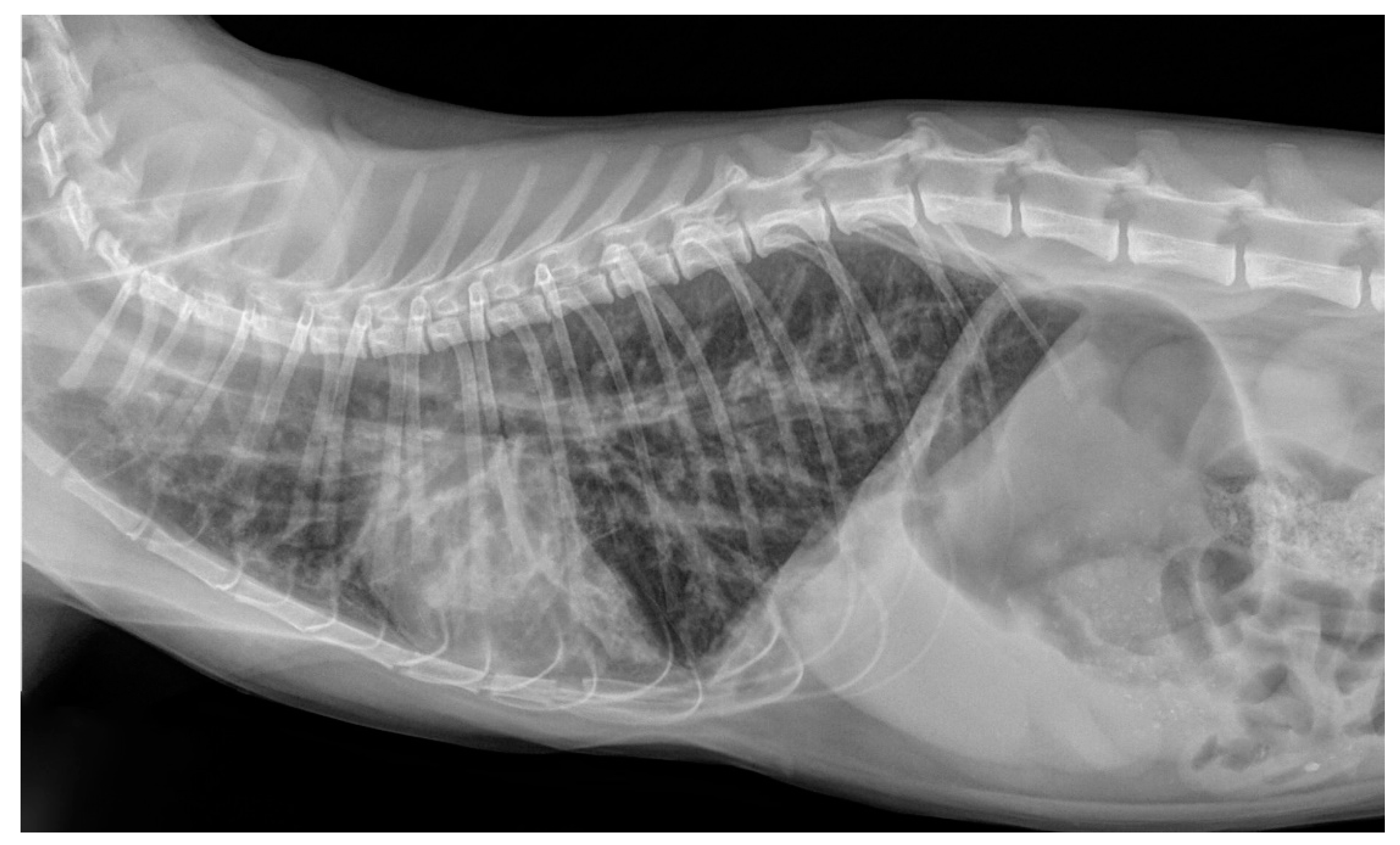
Pathogens Free Full Text Cat Respiratory Nematodes Current Knowledge Novel Data And Warranted Studies On Clinical Features Treatment And Control Html
Limited to single lung lobe lobar pneumonia.

. Sign of severe disease in both dogs and cats Sudden acute blindness or squinting of. Identification of the organisms involved in disease appropriate use of antibiotics and adjunct therapy and control of risk factors for pneumonia improve management. Also there is one of the most common causes of respiratory problems in cats called Pleural Effusion which is the accumulation of fluid in the pleural space around the lungs.
160 VIRUS CAUSING PNEUMONIA IN CATS York State. The incubation period is cats but not all. The other strains C D E obtained from cats in different localities in New Jersey produced disease but the mice survived.
Request PDF Bacterial Pneumonia in Dogs and Cats Bacterial pneumonia is a common clinical diagnosis in dogs but seems to occur less often in cats. Multiple cat households have a greater. Moist or productive cough Rapid respiratory breathing rate Nasal discharge Loud breathing sounds Malaisedepression Loss of appetite Weight loss.
The average age of cats who develop pyothorax is 4-6 years however it can develop in cats of any age. Symptoms of bacterial pneumonia in dogs and cats may include the following. ProcedureMedical records of cats in which EnLP was confirmed by histologic.
Pneumonia in cats is most often caused by viruses bacteria or fungi. Bacterial viral fungal toxoplasma common with clinical toxoplasmosis in cats. Clinical signs radiography bronchoscopy bronchoalveolar lavage.
If your cat comes down with pneumonia medications to treat the underlying cause and supportive care are usually recommended. Cats can contract pneumonia in a few different ways. These signs of illness and the presence of a moist cough for more than 2 or 3 days should prompt.
Some cats with pneumonia may have multiple infectious organisms that contribute to this disease. Sneezing a thick discharge of mucus from the nose and swelling on the top of the nose may be seen. Aspiration pneumonia Cats can get pneumonia by inhaling a foreign material which irritates the sensitive lining of the lungs.
More than 90 of. Pneumonia with the formation of a Splendore-Hoeppli structure in two cats treated at a veterinary hospital. Bacterial pneumonia is a common clinical diagnosis in dogs but seems to occur less commonly in cats.
The inhalation of spores from the soil is believed to be the. Fungal pneumonia also called mycotic pneumonia This type of pneumonia begins as a fungal infection which progresses into the development of pneumonia. We report a cat with granulomatous pneumonia caused by M fortuitum resembling lipoid pneumonia in humans.
Fungal Pneumonia Basics OVERVIEW Inflammation of the interstitial lymphatic and peribronchial. The cat inhales air is sucked in but is unable to exit when the cat exhales this is known as tension pneumothorax and is life-threatening. Bronchisep-tica isolates from cats are susceptible to doxycycline in vitro by unapproved standards for testing despite.
Underlying causes include viral. Mycotic pneumonia can be caused. Infectious pneumonia This is the most common cause of pneumonia in cats.
This is the most common cause of pneumothorax in cats common causes include. Productive coughing must be actively encouraged and the secretions must be maintained as liquid as possible. In cats the bacterial organisms Bordetella bronchiseptica Pasteurella and Moraxella are most.
Abstract ObjectiveTo determine clinical signs radiographic and histologic abnormalities and concurrent diseases in cats with endogenous lipid pneumonia EnLP and to determine the pathologic importance of EnLP in cats. Request PDF Bacterial Pneumonia in Dogs and Cats Bacterial pneumonia is a common clinical diagnosis in dogs but seems to occur less often in cats. This paper suggests that the Neisseria genus members may be involved in lower respiratory tract infections in cats with the molecular diagnosis being a necessary method for the correct identifi cation of this bacteria in animals.
Bacterial pneumonia is a common clinical diagnosis in dogs but seems to occur less often in cats. Extension from other sites such as lungs pneumonia or bronchi Diffusion of bacterial infection. It is the result of a viral or bacterial infection in the lungs and airways.
Bacterial pneumonia is a common clinical diagnosis in dogs but seems to occur less often in cats. Cough dyspnea tachypnea hyperpnea exercise intolerance systemic signs. 10 days to cats with suspected acute bacterial URI as the first-line antimicrobial option2728 The Working Group believes that doxycycline is a good first choice because it is well tolerated by cats.
Those inocu- lated with each strain showed a definite pneumonia with more than half the. Pneumonia an infectious lung disease can be blamed on a host of organisms bacteria viruses and fungi. Underlying causes include viral infection aspiration injury and foreign body inhalation.
The most common type of pneumonia detected in dogs and cats is caused by bacteria however fungal parasitic and viral pneumonia require a differential diagnosis in patients with respiratory distress Cohn 2009. Bacterial pneumonia is a common clinical diagnosis in dogs but seems to occur less commonly in cats. In dogs and cats it is one of the most common agents of ulcerative dermatitides and panniculitides caused by atypical mycobacteria.
Underlying causes include viral infection aspiration injury and foreign body inhalation. A common cause of aspiration pneumonia in cats is the improper administration of liquid medications or the inhalation of vomit if the cat is sick. It can occur with both traumatic and spontaneous pneumothorax.
Animals with fungal pneumonia often have a short productive cough. This can happen if a cat breathes in things like a. In dogs and cats with pneumonia large amounts of viscous secretions are produced and attempts to resolve the infection must include attention to the character of the respiratory secretions.
In cats the fungus Cryptococcus tends to colonize in the nasal cavity where it causes inflammation of the nasal and sinus lining. Labored breathingmore common in cats. Underlying causes include viral infection aspiration injury foreign body inhalation and defects in clearance of respiratory secretions.
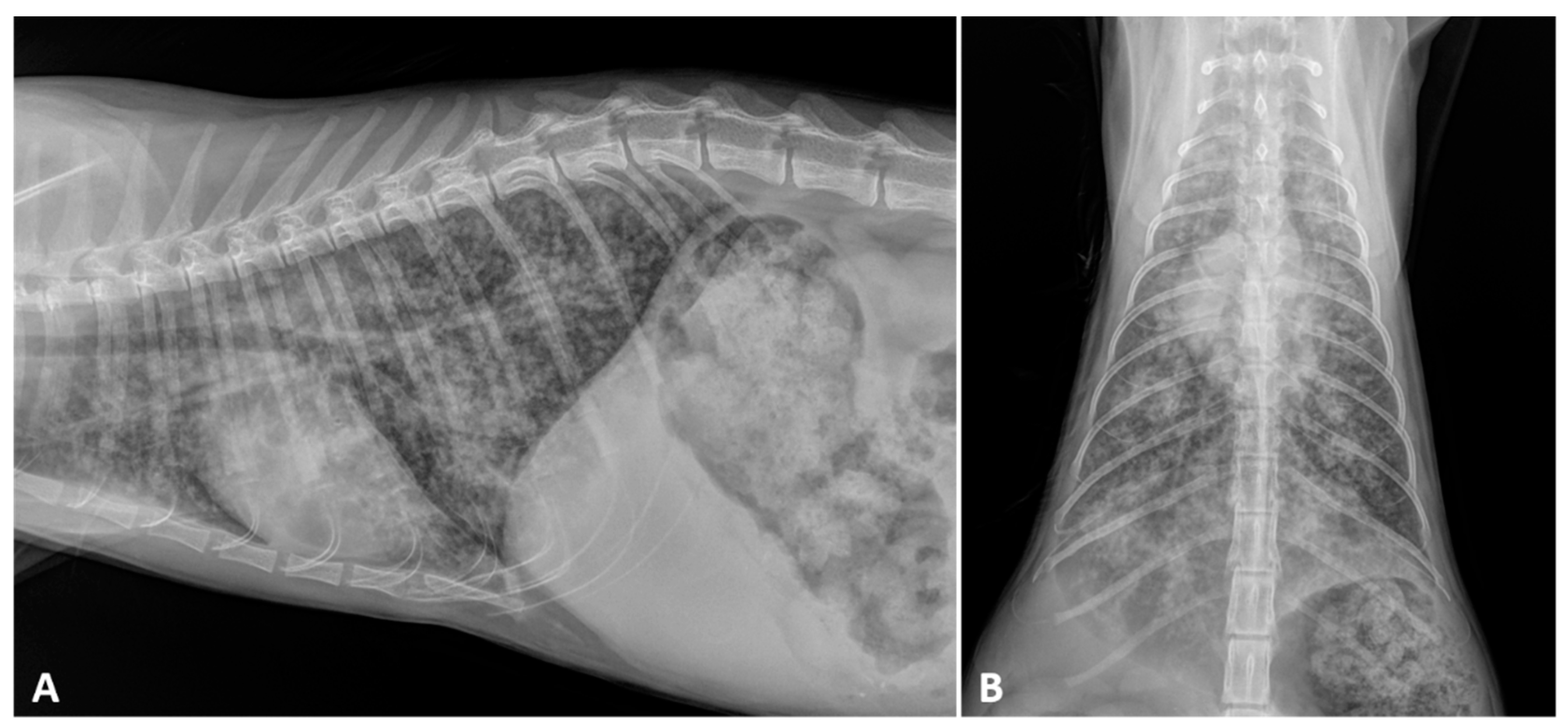
Pathogens Free Full Text Cat Respiratory Nematodes Current Knowledge Novel Data And Warranted Studies On Clinical Features Treatment And Control Html
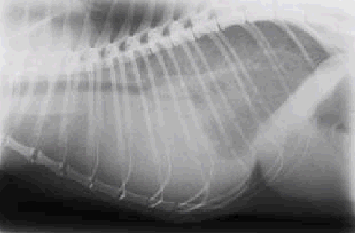
Chylothorax Is More Common In Cats Than Dogs Veterinary Partner Vin

Nelson Textbook Of Pediatrics 20th Edition Pdf Am Medicine Pediatrics Medical Library Textbook

Bacterial Pneumonia In Dogs And Cats Veterinary Clinics Small Animal Practice

Cats And Dogs Doodle Illustration Graphic Design Layouts Free Vector Graphics
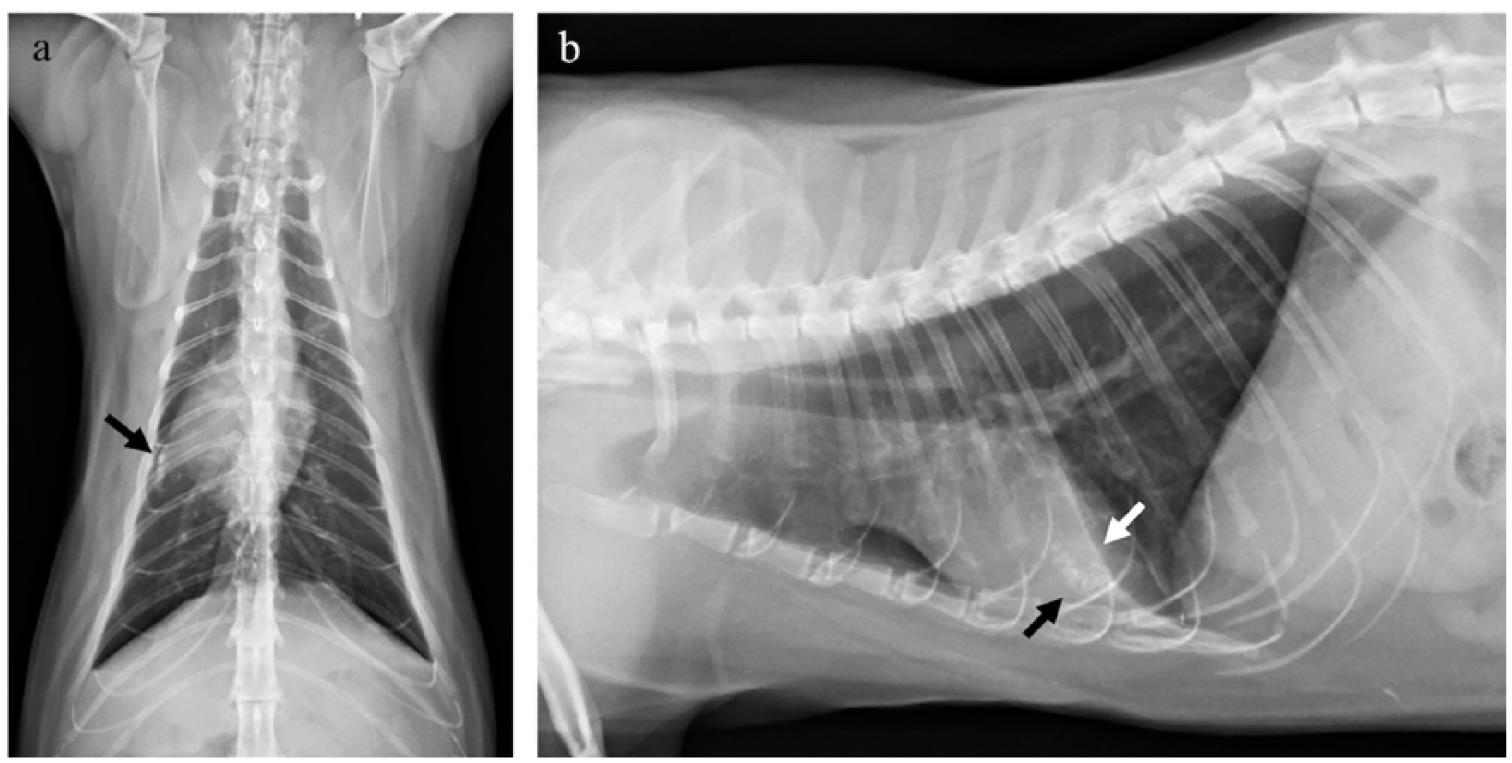
Dystrophic Mineralisation In Chronic Exogenous Lipid Pneumonia In Cats
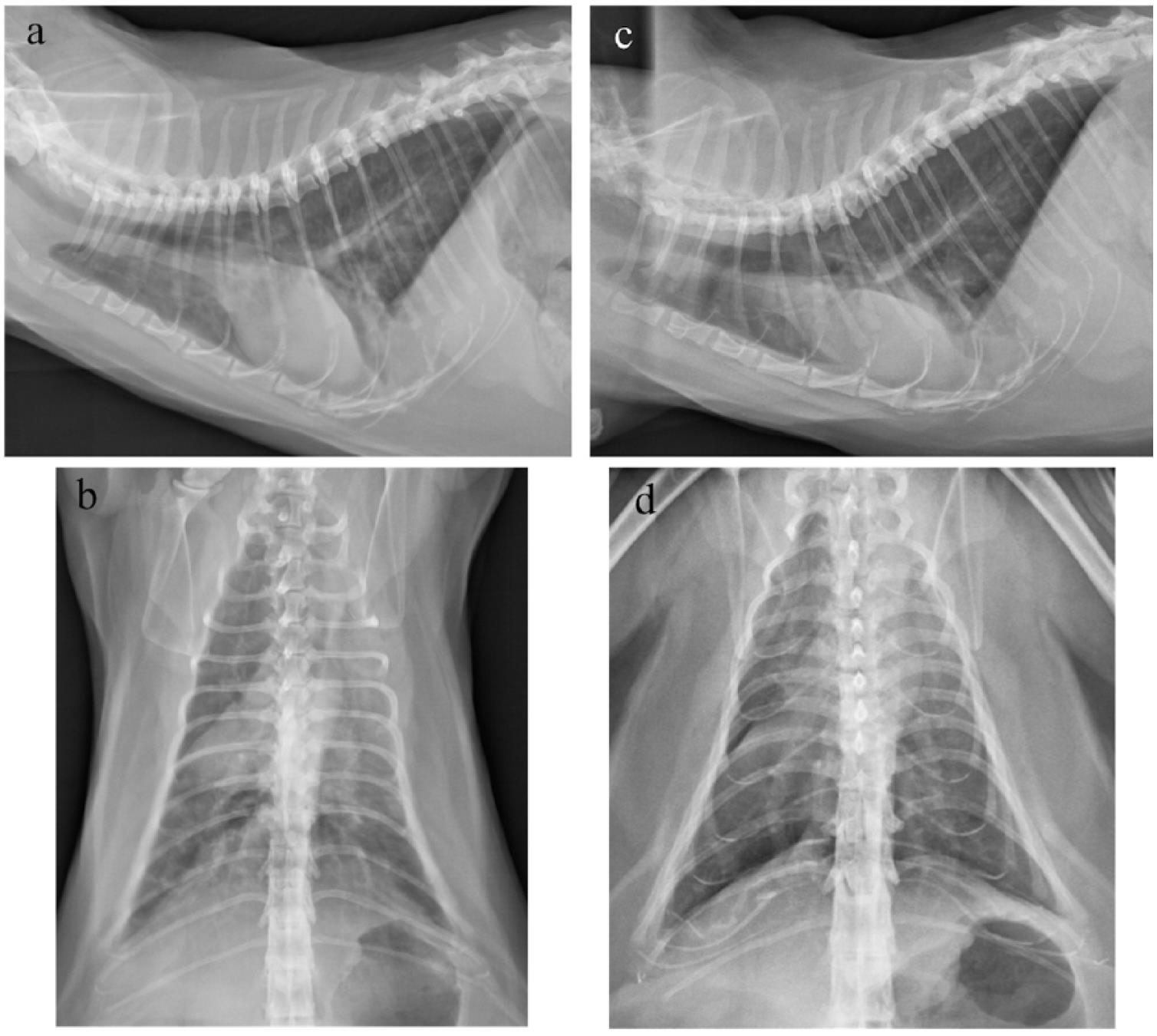
Dystrophic Mineralisation In Chronic Exogenous Lipid Pneumonia In Cats

Diagnosis Of Feline Lower Airway Disease Today S Veterinary Practice
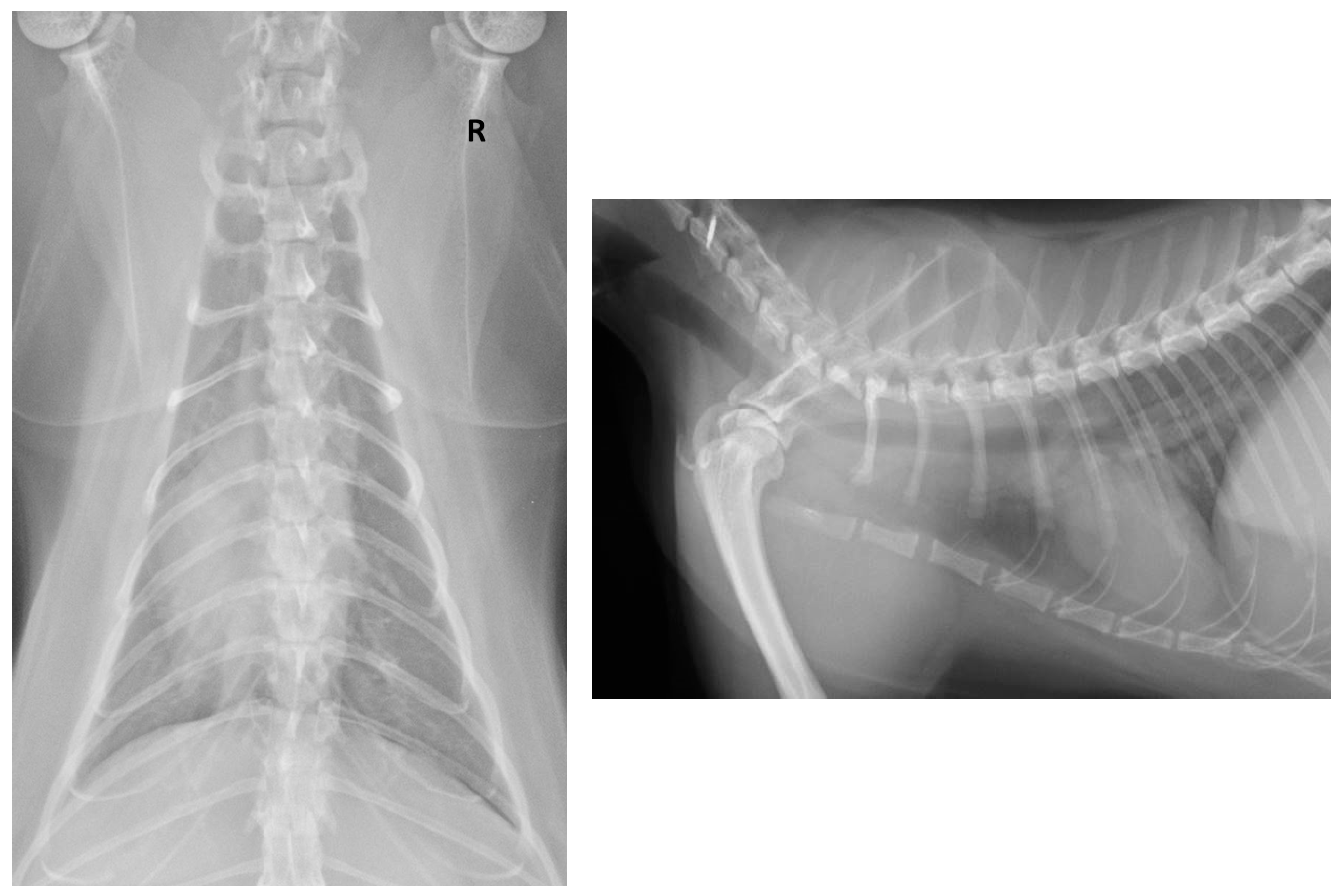
Animals Free Full Text Sars Cov 2 Natural Infection In A Symptomatic Cat Diagnostic Clinical And Medical Management In A One Health Vision Html
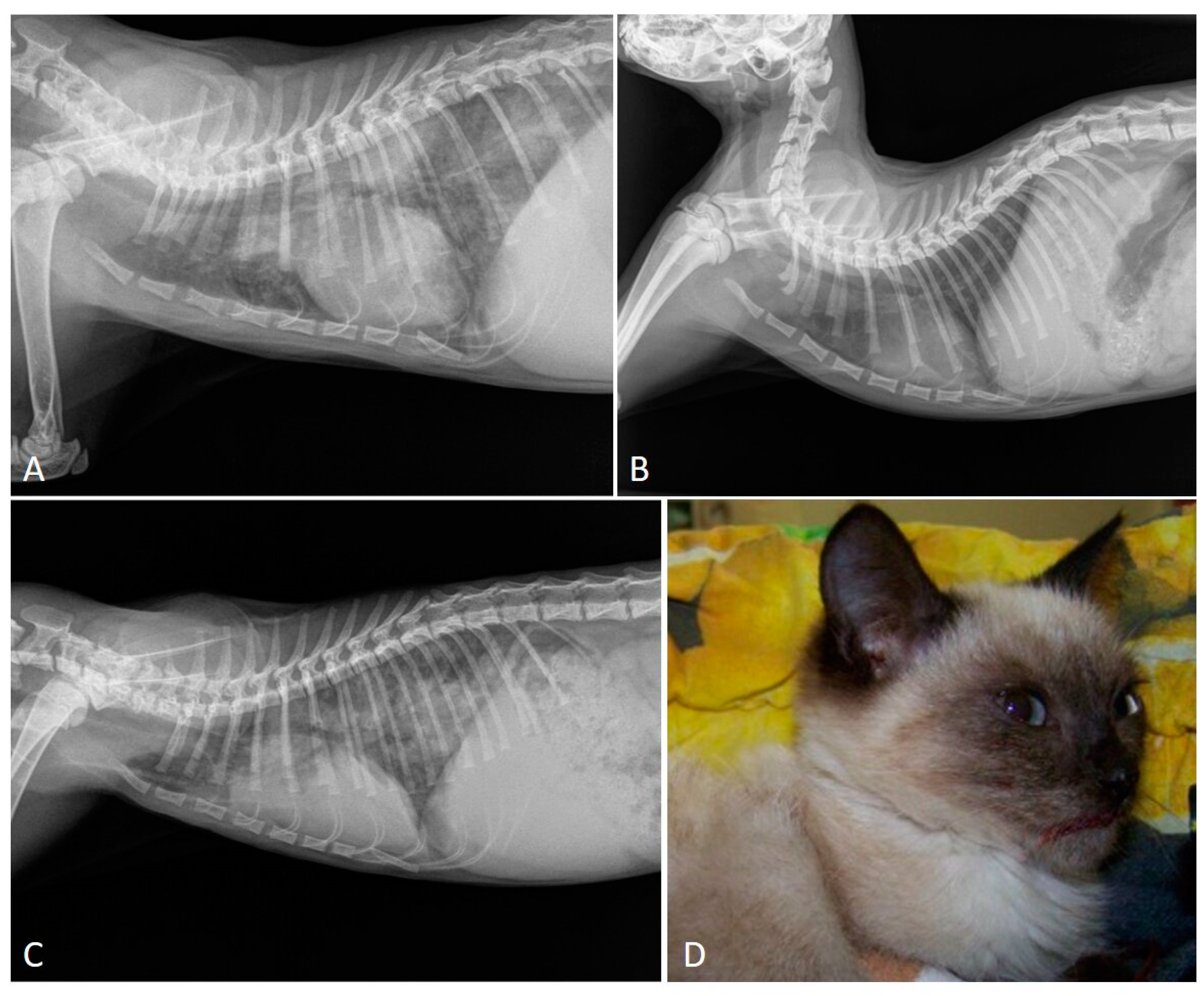
Pathogens Free Full Text Cat Respiratory Nematodes Current Knowledge Novel Data And Warranted Studies On Clinical Features Treatment And Control Html
Feline Respiratory Mycoplasma Infections

Pdf Bacterial Pneumonia In Dogs And Cats

Ct Findings In Two Cats With Broncholithiasis Semantic Scholar
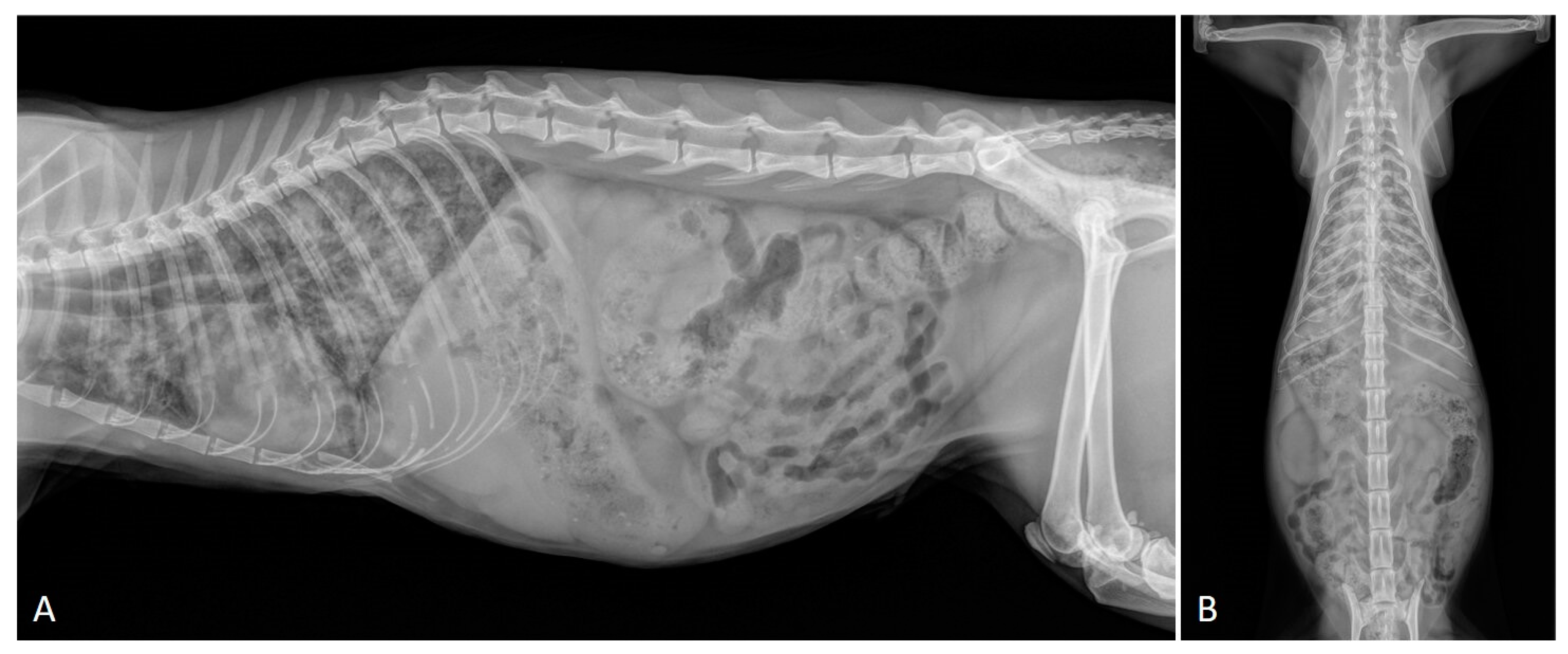
Pathogens Free Full Text Cat Respiratory Nematodes Current Knowledge Novel Data And Warranted Studies On Clinical Features Treatment And Control Html

Dystrophic Mineralisation In Chronic Exogenous Lipid Pneumonia In Cats

Clinical And Radiographic Findings In Cats With Aspiration Pneumonia Retrospective Evaluation Of 28 Cases Levy 2019 Journal Of Small Animal Practice Wiley Online Library

What Is Your Diagnosis In Journal Of The American Veterinary Medical Association Volume 248 Issue 11